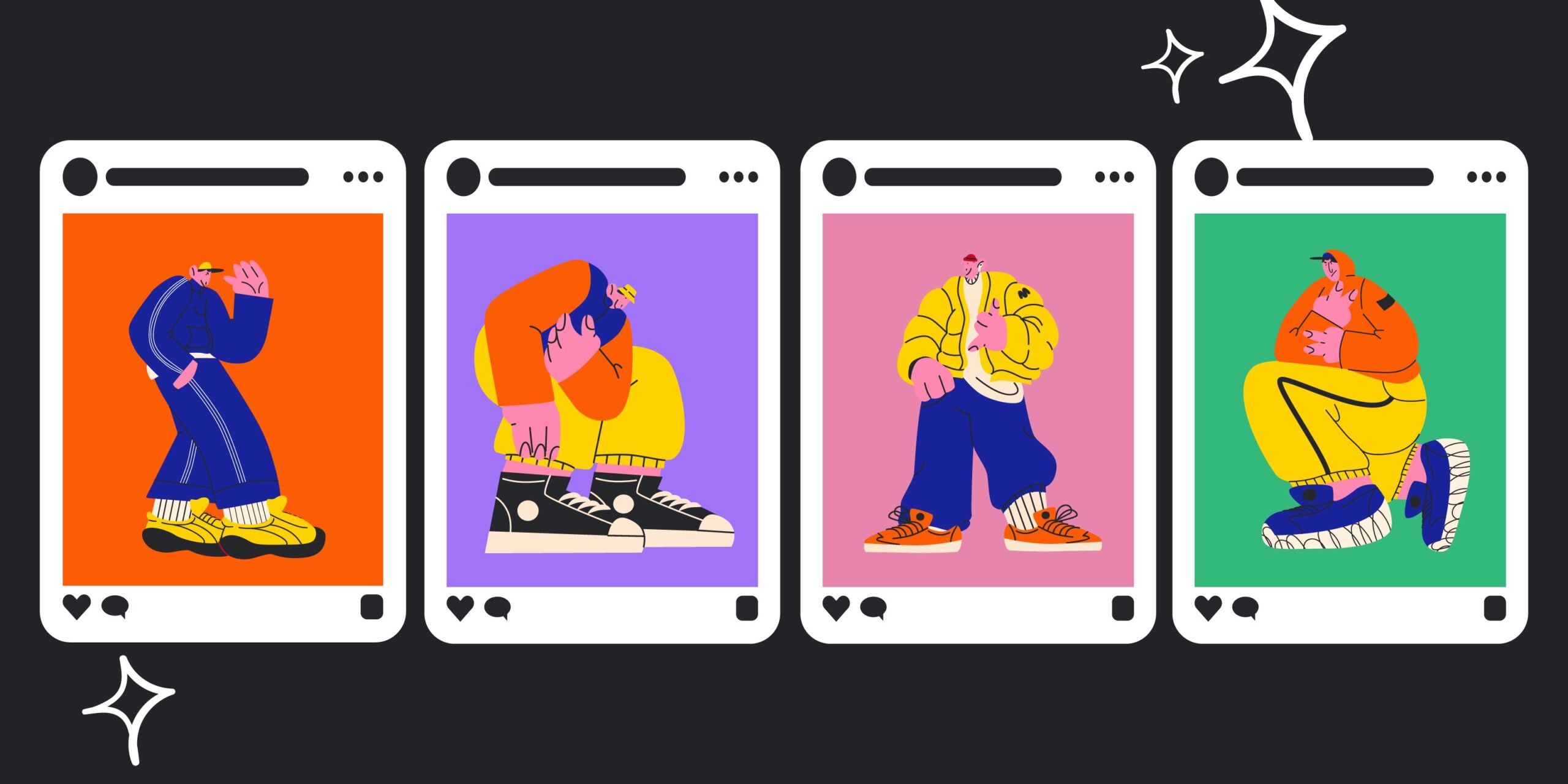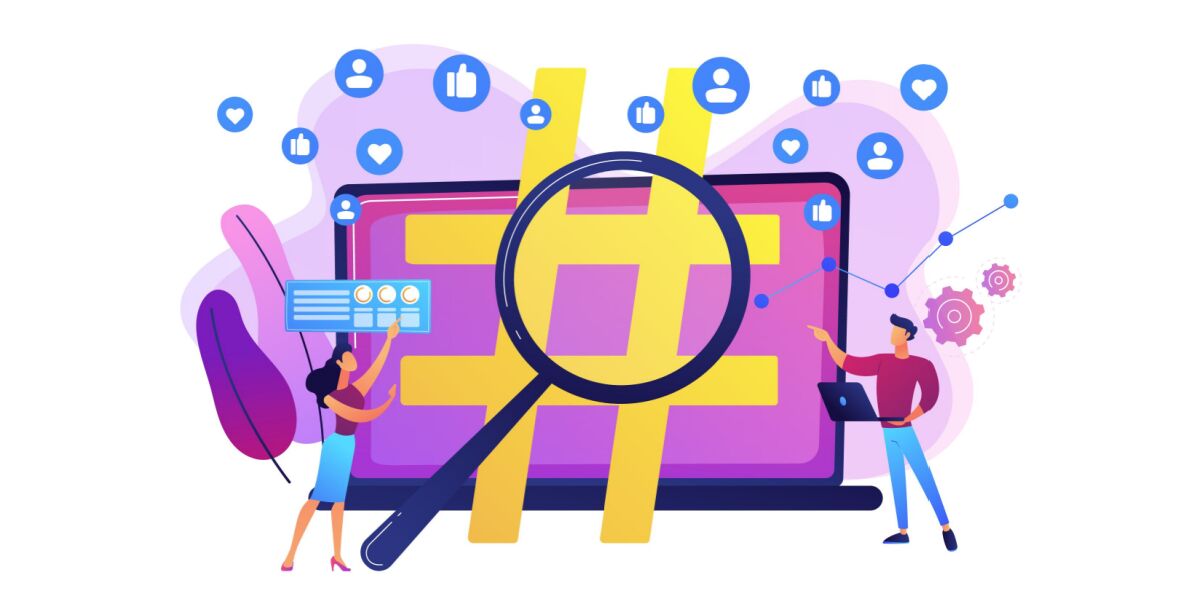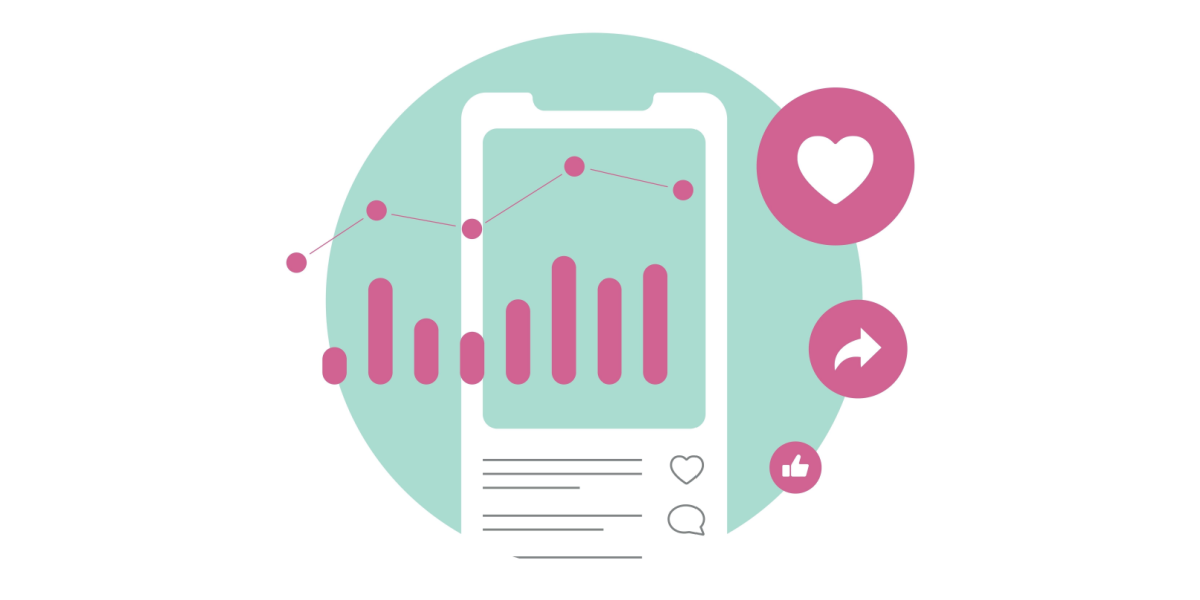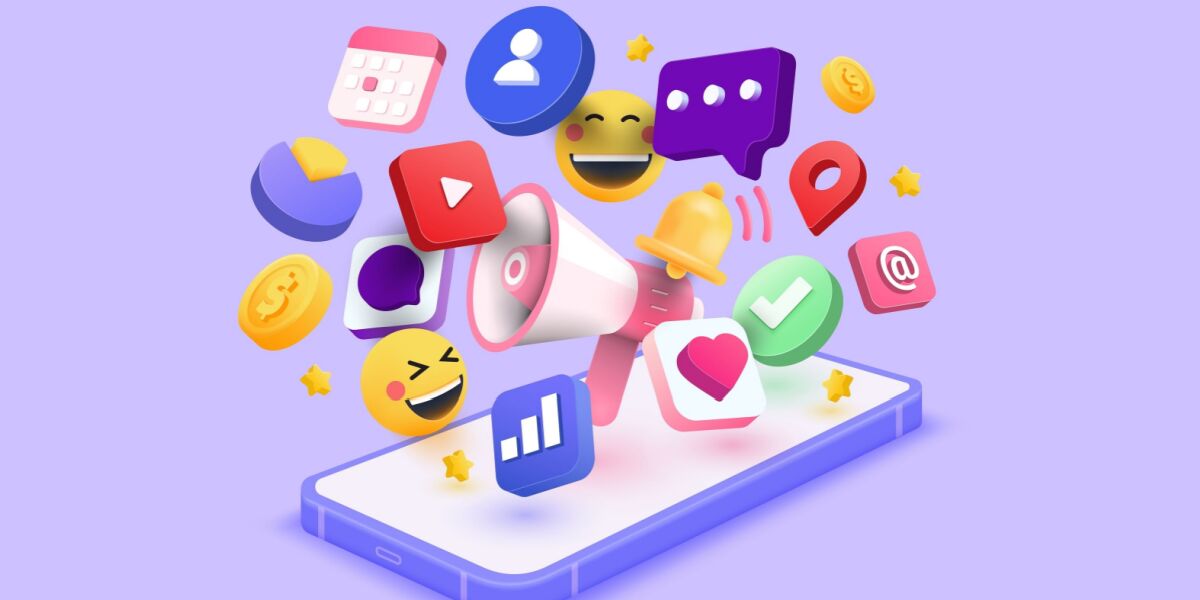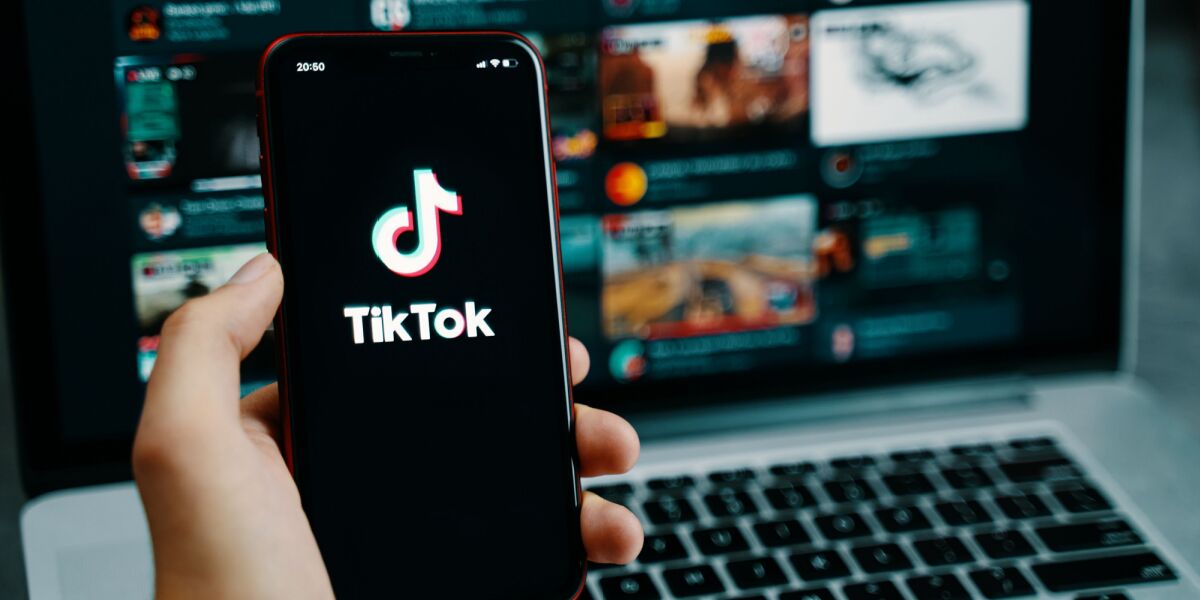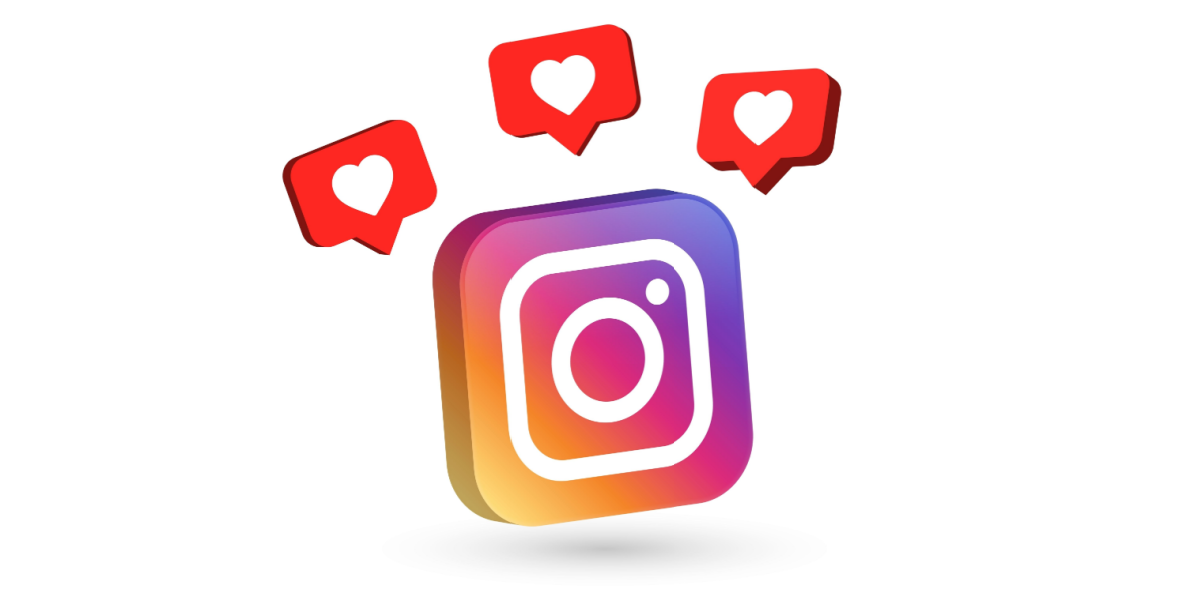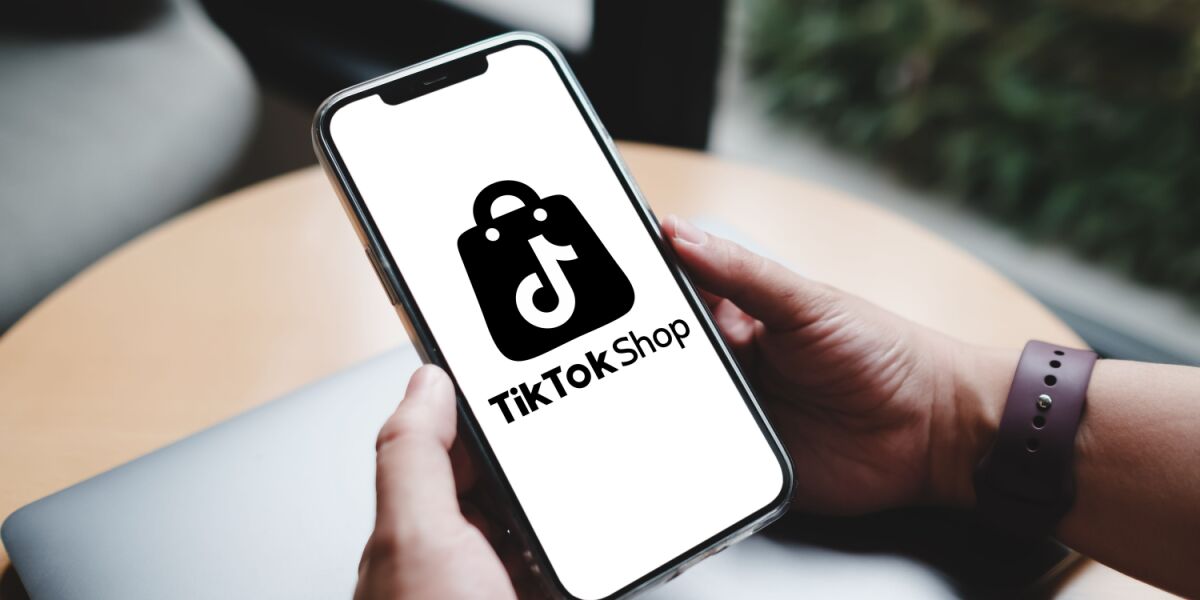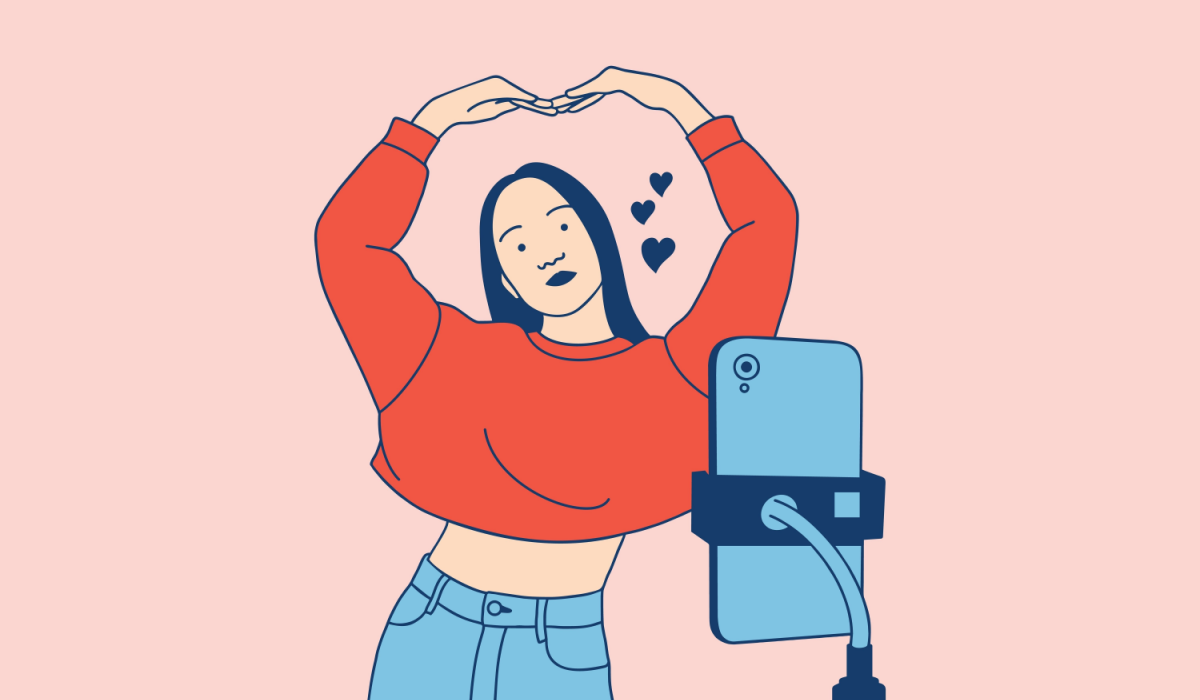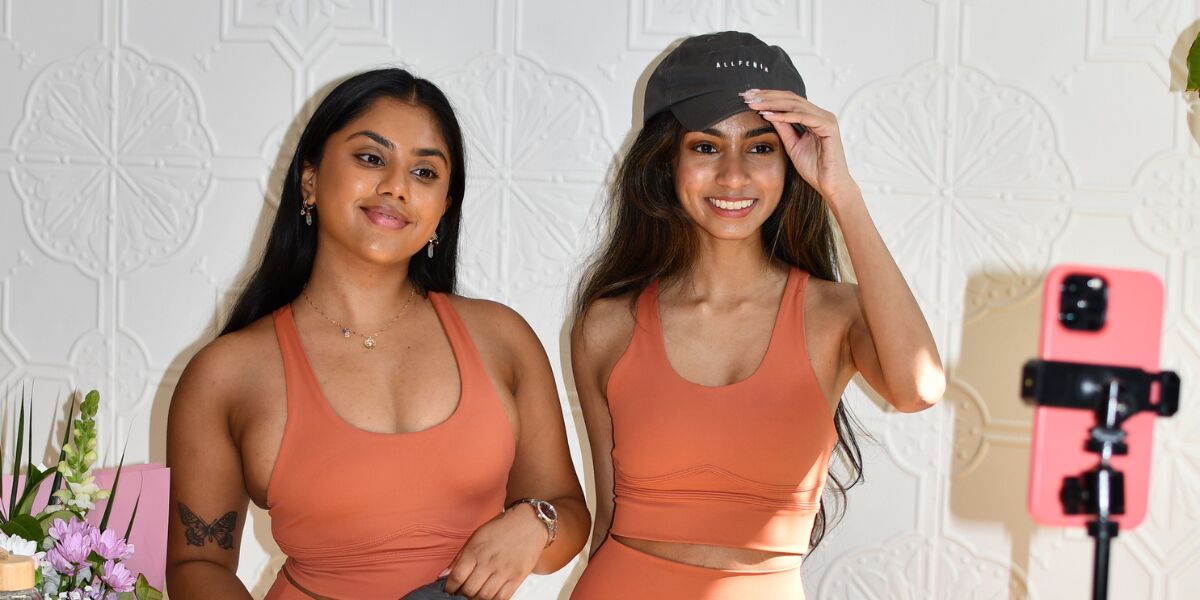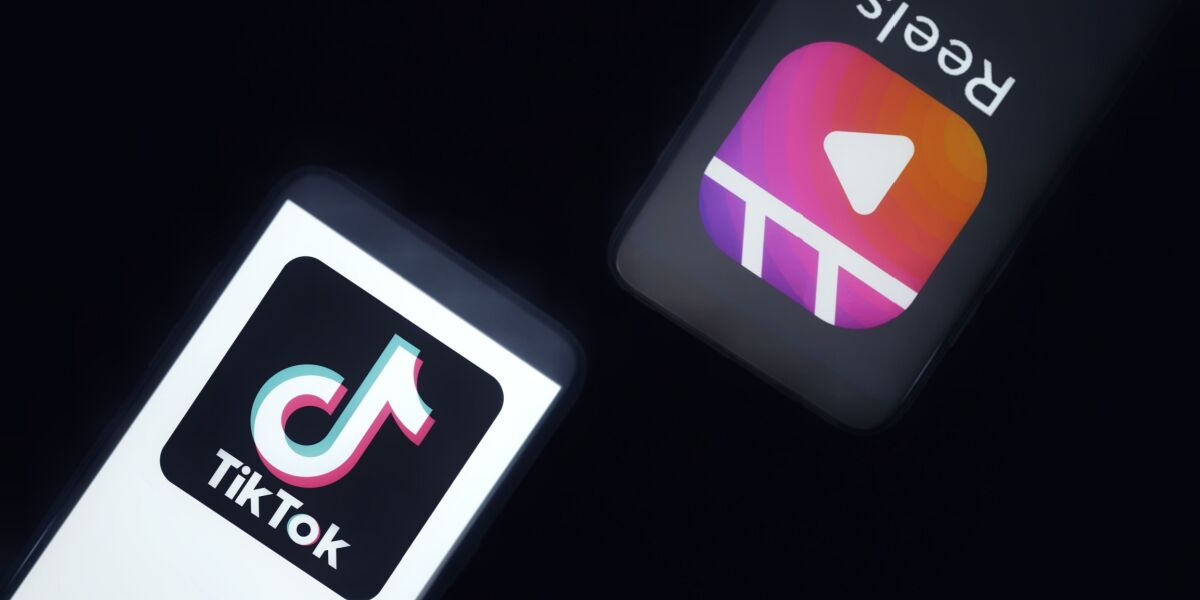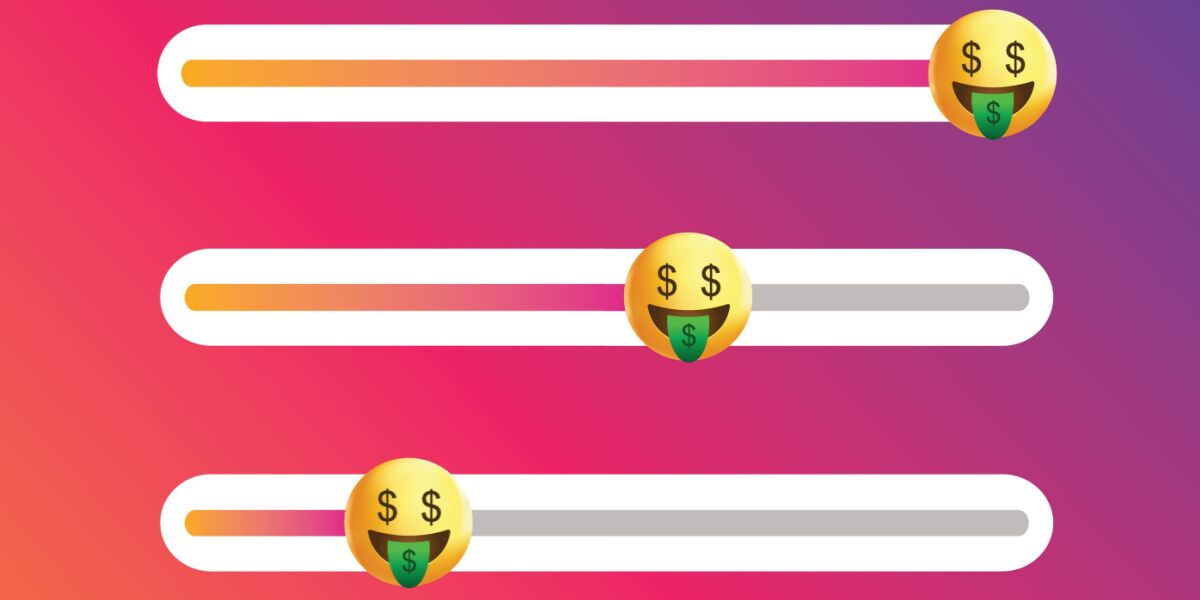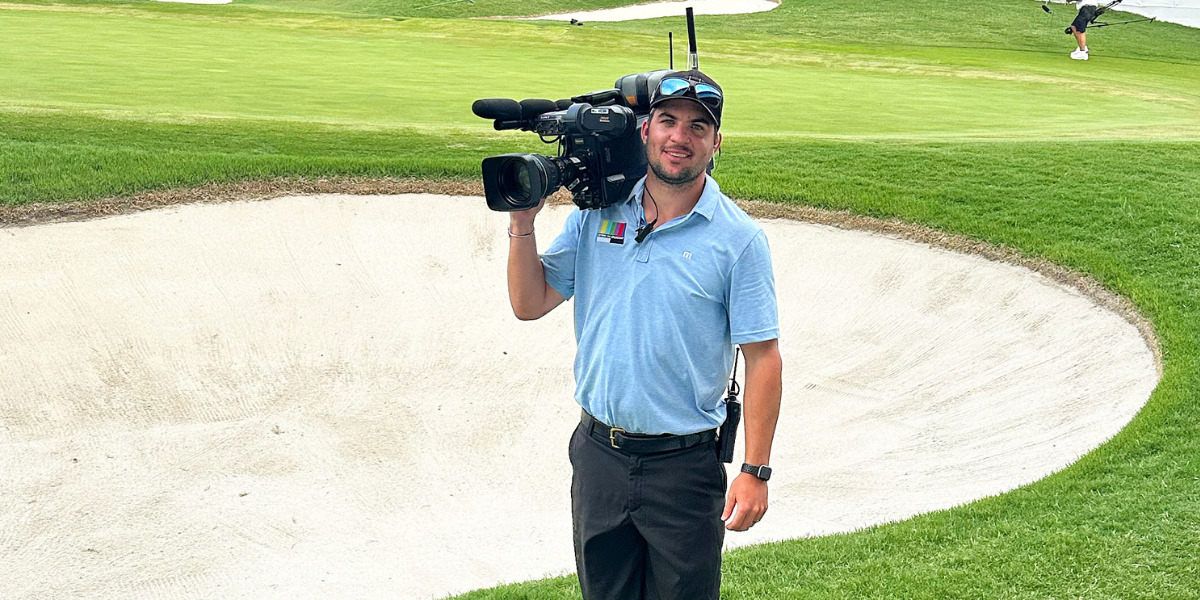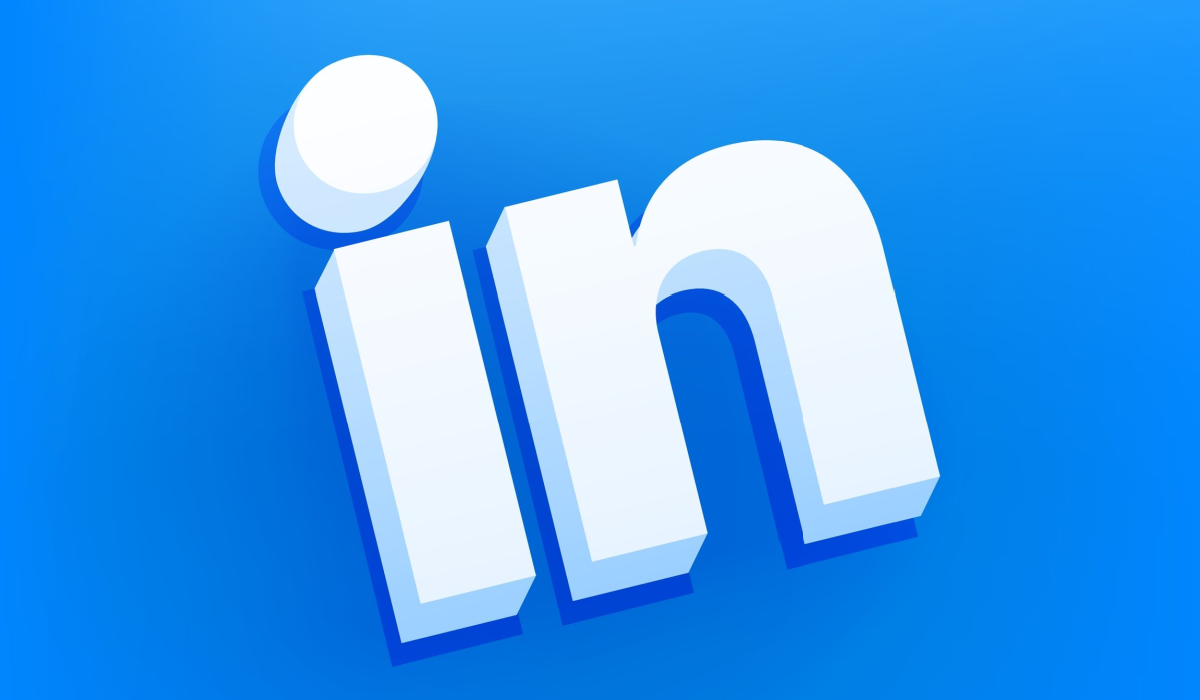One minute, you are scrolling through cute dog videos. The next, you’re checking out with a new business, purchasing five new pieces of clothing you probably don’t need.
How did this happen?
This is the power of a well-crafted Instagram ad. Before you know it, you’ve seamlessly moved from your favorite social media site (sorry, X), and you’re scrolling through all the things you didn’t know you needed from a brand you didn’t know existed.
It’s the digital equivalent of sleepwalking.
And it’s why Instagram ads are so popular with brands! But how much are these brands spending on advertising on Instagram?
Here, we will discuss how ad costs are calculated and how much you should be spending to attract new customers to your brand.
What Do Instagram Ads Really Cost in 2025?
Instagram ad pricing can vary widely depending on your industry, audience, and goals, but here’s a quick look at what marketers are currently seeing in terms of cost:
| Metric | Typical Range (2025) | Notes |
|---|---|---|
| CPM (Cost per 1,000 impressions) | $4 – $9 | Feed & Reels ads tend to average lower CPMs than Stories |
| CPC (Cost per click) | $0.50 – $0.90 | Lower for top-of-funnel traffic; higher for lead gen or sales |
| CPE (Cost per engagement) | $0.01 – $0.05 | Applies to likes, saves, and comments |
| CTR (Click-through rate) | 0.5% – 1.4% | Industry-dependent; above 1% is strong |
| CPL (Cost per lead) | $5 – $30+ | Can exceed $50 in high-competition niches like SaaS, finance |
Are Instagram Ads Effective?
When done correctly, very!
While some ads are forgettable, as you seamlessly scroll past them in a fit of jealous rage that your friend Jen is on holiday AGAIN, chances are, when you think of good Instagram ads, you have a memorable one that springs to mind.
When done well, Instagram ads are a great way to engage with your target audience on their favorite social platform (again, sorry X, no hard feelings), with all the benefits of the detailed targeting opportunities that Meta offers users.
How Much Do Instagram Ads Cost?
Wouldn’t it be lovely if every Instagram ad costs the same, regardless of the audience size, type, and budget?
No, sadly, Instagram ads are a little more complicated than that, operating in an auction style. Essentially, this means that your Instagram ads’ cost depends entirely on supply and demand.
You set a bid amount, which represents the maximum you’re willing to pay for your desired action (such as a click or an impression), and this bid can be either a manual or an automatic bid.
But the cost you pay for the ad placement isn’t necessarily your bid amount. You pay slightly more than the bid of the second-highest bidder.
This is often referred to as the “second-price auction” model. Your actual cost per action will depend on factors like competition, ad quality, relevance, and audience targeting.
When you set up your ads through the Meta Ads Manager, you have a range of tools that allow you to alter your priorities to keep your ads within budget.
To keep things simple, look at your ads through one of two lenses. You either have a budget you want to spend for the entire campaign or a budget to spend per result.
You have the power to control how much you want to spend, but you don’t have the ability to control how much each purchase, download, or click costs due to the auction system.
The built-in tools allow you to control the cost per result a bit, but the outcome may vary.
What Actually Drives Instagram Ad Costs?
Instagram uses an auction system to determine ad pricing—not just your bid amount, but also your ad relevance, target audience, and competition all influence your final cost per result. Let’s break down the most important cost drivers:
1. Your Target Audience
Narrower, high-value audiences (like CEOs in New York or brides-to-be in Q4) tend to cost more because more advertisers are competing for them. Broader audiences usually come with lower CPMs, but may not convert as well.
Example: A campaign targeting “Marketing Managers in the U.S.” might cost $8–$10 CPM, while a broad campaign targeting “People aged 18–44 interested in fitness” might cost just $3–$5 CPM.
2. Your Objective and Funnel Stage
-
Traffic or Reach campaigns are generally cheaper (low CPC/CPM).
-
Lead gen or Conversion campaigns tend to be pricier but more valuable.
Expect to pay more for actions closer to purchase, especially in industries with longer sales cycles (e.g., SaaS, coaching, finance).
3. Ad Relevance & Engagement
Instagram rewards high-performing ads with lower costs. Your relevance score (Meta’s internal measure of engagement quality) significantly affects cost:
-
High CTR + long watch time → 👏 lower CPC & CPM
-
Low engagement + high bounce → 😬 higher costs
Pro Tip: Refresh your creative every 1–2 weeks to avoid ad fatigue, which leads to rising CPMs over time.
4. Seasonality and Ad Volume
Ad costs surge during peak periods like Black Friday, Q4 holidays, or Valentine’s Day, when more advertisers flood the platform. Plan your budget accordingly.
Example: CPMs can jump from $4 to $12+ during November–December in e-commerce and fashion niches.
5. Your Bidding Strategy
Meta’s algorithms generally perform best with automatic bidding, but in high-competition niches, you can try manual bidding to cap spend, but it requires testing.
Test different strategies and monitor the cost per result. Sometimes raising your bid (or budget) slightly improves delivery efficiency and lowers CPC.
Pro Tip: The Instagram algorithm rewards good creative. The fastest way to reduce your CPC is to make ads that stop the scroll, deliver value instantly, and drive meaningful clicks.
Don’t Skip: Instagram Ads Playbook
What does CPM mean on Instagram?
When you start looking at your advertising campaigns, you’ll probably notice the term “CPM” appear from time to time, seemingly a key aspect of analyzing the performance of your ads. Sadly, it doesn’t stand for Cute Puppy Memes (but we think it should).
It actually stands for cost per thousand impressions and is calculated by dividing how much you have spent by how many impressions your ad has made.
How to Plan Your Instagram Ads Budget Strategically (and Profitably)
Knowing what Instagram ads might cost is helpful, but what really matters is whether they’ll make you money.
Here’s a simple, ROI-focused approach to planning your budget with confidence:
Step 1: Know Your Target Cost Per Result
Start by asking: How much can I afford to spend to acquire a lead or sale profitably?
Example:
-
If your product sells for $100
-
Your profit margin is 40% → $40
-
You can afford to spend up to $30 per sale and remain profitable
That’s your target CPA (cost per acquisition).
Step 2: Reverse-Engineer Your Budget
Say your goal is 100 purchases per month at a $30 CPA:
Monthly Ad Budget = 100 × $30 = $3,000
Now break it down:
-
CPC: If clicks cost $0.75, you’ll need 4,000 clicks
-
Conversion Rate: 100 sales ÷ 4,000 clicks = 2.5%
If your conversion rate is lower, either your ad creative or landing page may need work, or your CPC needs to drop.
Step 3: Track ROI Weekly
Don’t wait until the campaign is over. Watch your metrics weekly:
| Metric | Goal |
|---|---|
| CPC | <$1.00 |
| CTR | >1% |
| CPA | <$30 |
| ROAS | >3.0x |
Use Meta Ads Manager to view these KPIs. If something spikes (e.g., CPC rises 30%), adjust your targeting, bids, or creative quickly.
Smarter Ads = Cheaper Ads: How to Optimize Your Instagram Campaigns (Without Wasting Budget)
Running ads is easy. Running profitable ads? That takes a bit more finesse. If your Instagram ad costs are creeping up—or worse, stuck in “expensive but invisible” mode—these tactics can help clean things up fast.
Here’s what top-performing brands do to keep CPCs low and ROAS high:
Rotate Your Creatives Religiously
If your audience has seen the same ad more than twice, it’s old news. Fatigue kills performance—and costs you money.
-
Refresh your creative every 10–14 days
-
Test different hooks, visuals, and captions (don’t just swap colors)
-
Use content that doesn’t feel like an ad—think UGC, lo-fi, behind-the-scenes
💡 Rule of thumb: If it looks like it belongs in someone’s feed, you’re doing it right.
A/B Test the Right Stuff (And Don’t Overcomplicate It)
Start simple: test one variable at a time. That could be your offer, CTA, or headline. Here’s what tends to move the needle:
-
“20% Off Today” vs. “Free Shipping Ends Soon”
-
Product-in-use video vs. lifestyle stills
-
“Shop Now” vs. “See Why 5,000 Customers Swear By This”
Watch what gets the most thumb-stops and clicks—then double down.
Don’t Sleep on Placement Strategy
Defaulting to “All Placements” is fine—until it isn’t. Here’s a breakdown:
-
Reels ads: low CPM, great for reach + discovery
-
Stories: solid for urgency-based CTAs (limited-time, flash sales)
-
Feed: best for polished, trust-building content
Build creatives specifically for each format. Square posts in Reels? Nope.
Warm Traffic > Cold Traffic
Cold targeting is expensive. Warm audiences are where you print money.
Set up these campaigns ASAP:
-
Retarget website visitors, video watchers, or IG engagers
-
Build Lookalike Audiences from your best customers or email list
-
Run testimonial/UCG ads to push them over the line
You’ll often cut your CPA in half by retargeting. No joke.
Watch Frequency Like a Hawk
If your frequency is above 3.0 and CTR is tanking, your ad’s probably dead. Either refresh it or widen your targeting before your costs skyrocket.
- Healthy frequency: 1.5–2.5
- Danger zone: 3.0+
Quick Gut Check
Before you scale or scrap your ads, ask:
-
Is my CTR above 1%?
-
Am I testing creative every 2 weeks?
-
Have I separated warm vs cold audiences?
-
Is my cost per result going down or just “holding steady”?
If the answer is no, optimize before scaling.
Frequently Asked Questions About Instagram Ads
How do you calculate Instagram ad costs?
Instagram ad costs are calculated based on factors such as bidding strategy, target audience, ad relevance, competition, and ad format.
How much should I budget for Instagram ads?
The budget for Instagram ads depends on your campaign goals, audience size, and competition, but it's recommended to start with a budget that allows for consistent testing and optimization.
Is paying for Instagram ads worth it?
Yes, paying for Instagram ads can be worth it as they offer targeted reach, engagement, and potential business growth opportunities.
Keep Learning: How to Use Instagram for Business to Smash Your Goals
Take Your Social Media Advertising to the Next Level
If you’re like me, you don’t like parting with your hard-earned cash, especially when the results are unknown (I’m a Yorkshireman, we’re notoriously tight with our shillings!). Take the guesswork out of your social media marketing with our training on advertising on Facebook and Instagram.




